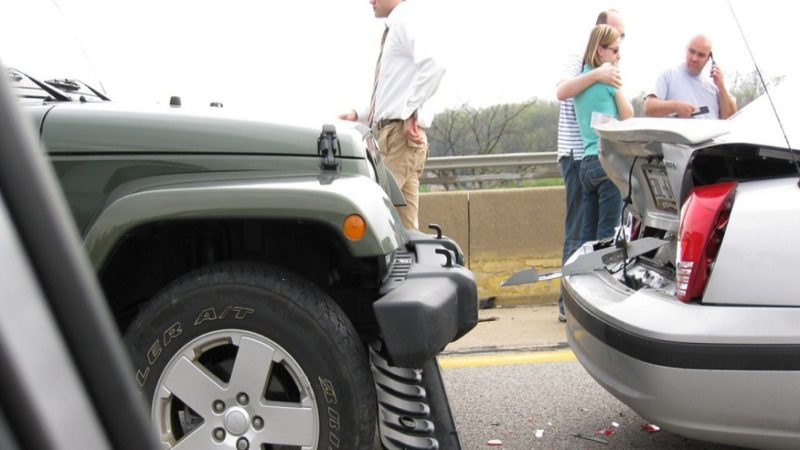What is a Reaffirmation Agreement

The function of a reaffirmation agreement is straightforward. It provides a lender the capability to sue you in the future, even if you got a discharge in a Chapter 7 bankruptcy. That’s why every debtor’s bankruptcy lawyer should be hostile to any kind of reaffirmation arrangement.
Reaffirmation agreements can be troubled by a borrower in Chapter 7 that wants to preserve personal effects safeguarding a loan. Personal property collateral for such a safeguarded finance is usually a lorry, but it could also be precious jewelry. Keep in mind that “real estate,” or real estate is not personal property, and also the Bankruptcy Code does not provide home loan lending institutions the right to impose a reaffirmation arrangement. Keep in mind likewise, that reaffirmation arrangements can not be imposed at all in Chapter 13 bankruptcy, a genuine advantage of Chapter 13.
Reaffirmation agreements do not benefit borrowers. They just profit from the protected lenders. This is due to the fact that their function is to permit guaranteed lenders to gather the unsafe portion of an otherwise safeguarded financial obligation after foreclosure. For example, if you have a vehicle financing with an equilibrium owed of, say, $20,000, as well as the vehicle safeguarding the lending is worth just $12,000, after that the unsafe section of the debt is $8,000.
Outside of bankruptcy, if you default on that funding, the automobile lender will certainly first count on its lien against the vehicle and reclaim the lorry. Assuming that the lender has the ability to auction the lorry for $12,000, you still owe them the remaining $8,000. The lender after that will certainly exercise its agreement treatment versus you, as well as utilize numerous ways, consisting of suing you to accumulate the $8,000 balance of the financial obligation.
The Chapter 7 Discharge Protects Against Future Lawsuits
A discharge in Chapter 7 bankruptcy would certainly release you of your personal obligation on the unsafe portion of the financial debt. That suggests the lending institution might never sue you for the $8,000 in our instance over. Certainly, a Chapter 7 discharge does not get rid of the lien against the lorry. Chapter 7 does not give you the automobile without settling the lien. Yet it would avoid the lending institution from suing you in the future if you were unable to repay the auto in the future after your bankruptcy. In other words, if you lost your ability to spend for the automobile after acquiring a Chapter 7 discharge, and also the loan provider repossessed the vehicle or if you merely voluntarily surrendered the vehicle after receiving your bankruptcy discharge, then the lender would certainly be avoided from suing you for any kind of equilibrium owed after they auction off the car. Go into the reaffirmation agreement.
A Reaffirmation Agreement Defeats the Bankruptcy Discharge
The Bankruptcy Code calls for a Chapter 7 debtor to select what she wants to perform with financial obligations secured by personal property like vehicle loan. The debtor must either: “keep the home and declare the debt,” “redeem” (implying keep the automobile and pay it off at one time), or “surrender” the auto. If the borrower in a Chapter 7 submitted in California desires and/or requires to keep her auto, which is most often the case, after that the loan provider can require the debtor to sign a reaffirmation arrangement. A reaffirmation arrangement successfully waives her bankruptcy discharge regarding that financial obligation.
A reaffirmation agreement creates a brand-new binding agreement in the location of the initial car loan. The reason that a reaffirmation arrangement is such a potentially dreadful contract for the Chapter 7 debtor is merely this: in the absence of a reaffirmation agreement, if you fell on difficult times after your Chapter 7 bankruptcy situation shut as well as back-pedaled your cars and truck payments, then sure, the loan provider might retrieve the automobile. The lending institution still has a lien versus the vehicle. Yet, significantly, they could not sue you for the “deficiency” in between what you then owed and also the value of the auto. A reaffirmation arrangement develops a new, post-bankruptcy binding agreement, which permits the lender to take legal action against the bankruptcy debtor in case of a repossession succeeding to his or her bankruptcy.
If They’re So Bad, Why Would Anyone Sign a Reaffirmation Agreement?
Because the financing company, credit union or financial institution that holds your auto’s pink slip can force you to, that’s why. In Chapter 7 bankruptcy instances filed in California, the lender can retrieve your car if you decline to authorize a Reaffirmation Agreement. Nonetheless, even if you do authorize one, a reaffirmation agreement should be filed in the Chapter 7 bankruptcy instance, and it must be approved by the Bankruptcy Court. This requires a different hearing before your bankruptcy judge in which the court will ask you questions about how you can manage to pay for the cars and truck and also whether the reaffirmation agreement will certainly enforce an “undue hardship” on you.
The good news is that over the last numerous years, most of the most significant automobile loan providers have actually quit insisting on imposing a reaffirmation agreement. Essentially, they have actually understood that many of our bankruptcy judges will not authorize them, and ultimately, a lot of Chapter 7 borrowers effectively repay their vehicle loan after a bankruptcy in Autauga County, Alabama.



